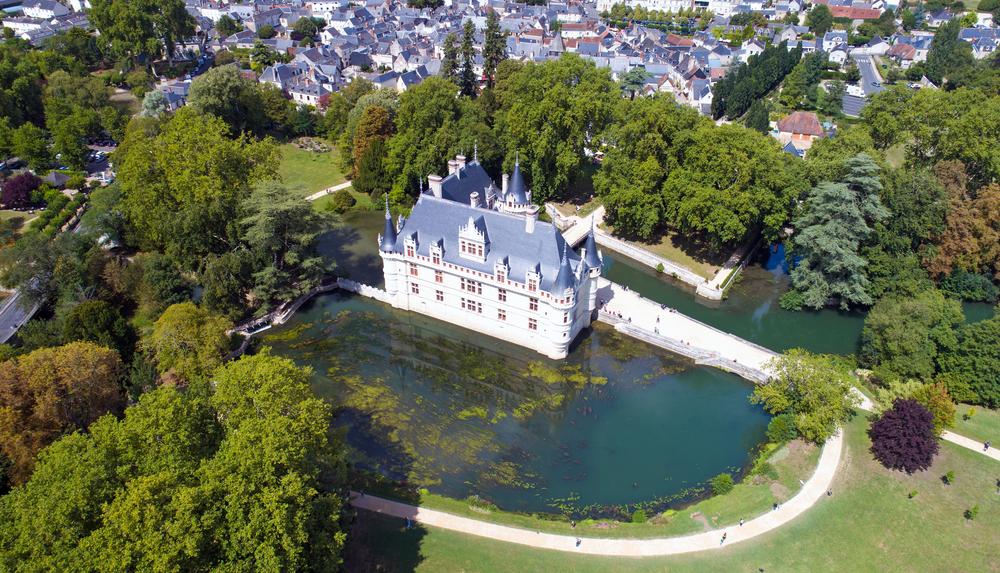French writer Honoré de Balzac described the Château of Azay-le-Rideau as “a faceted diamond set in the Indre.” A gem among the numerous châteaux of the Loire Valley, it’s also one of the earliest examples of French Renaissance architecture.
The primary structure was built between 1518 and 1528 by Gilles Berthelot, a financier of King Francis I. This exceptional site conveys all the charm of the early Renaissance, blending both French tradition and innovative Italian decor. It soon became representative of a new way of building structures in the Loire Valley, a favored place of residence for the French court.






